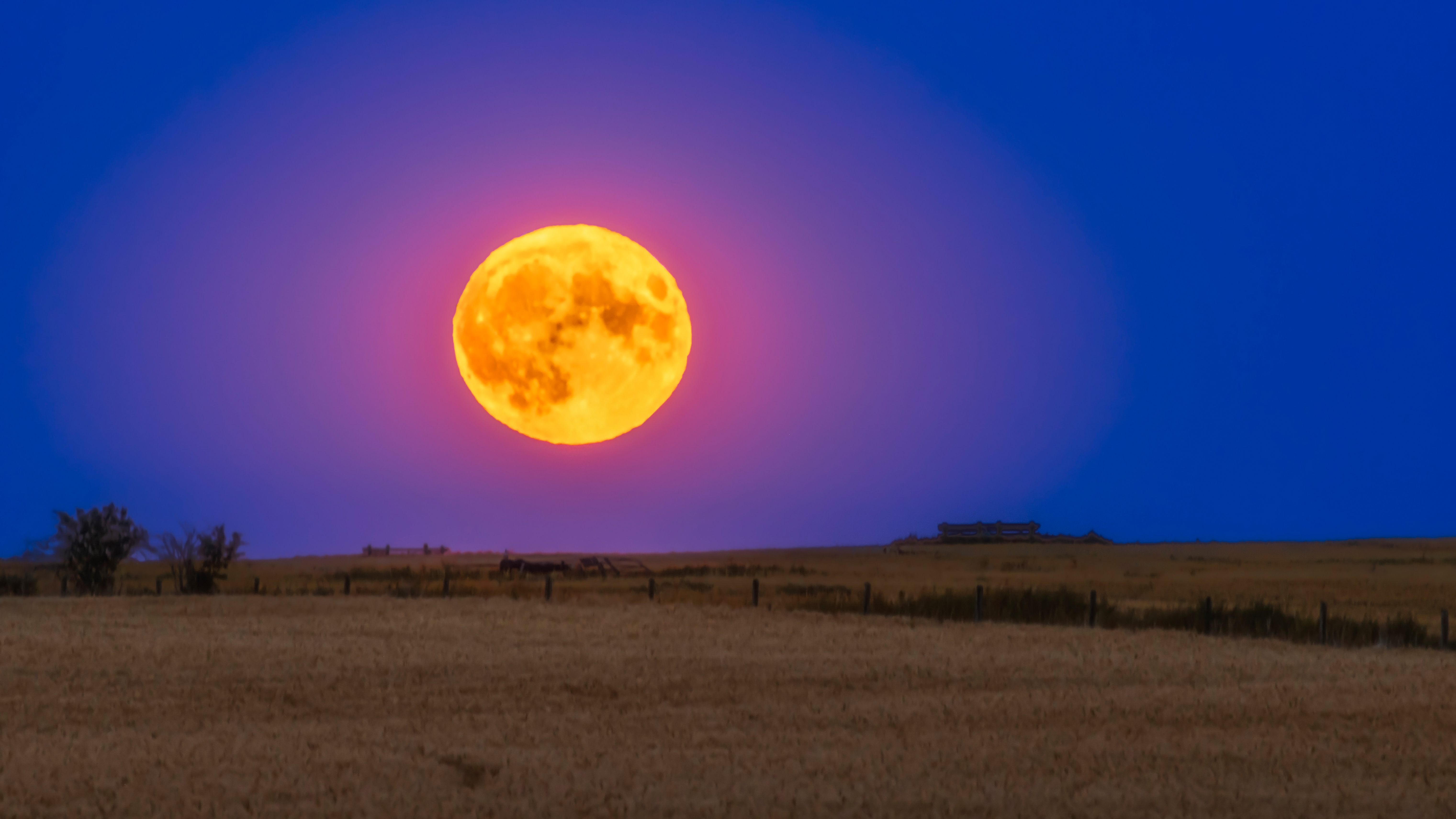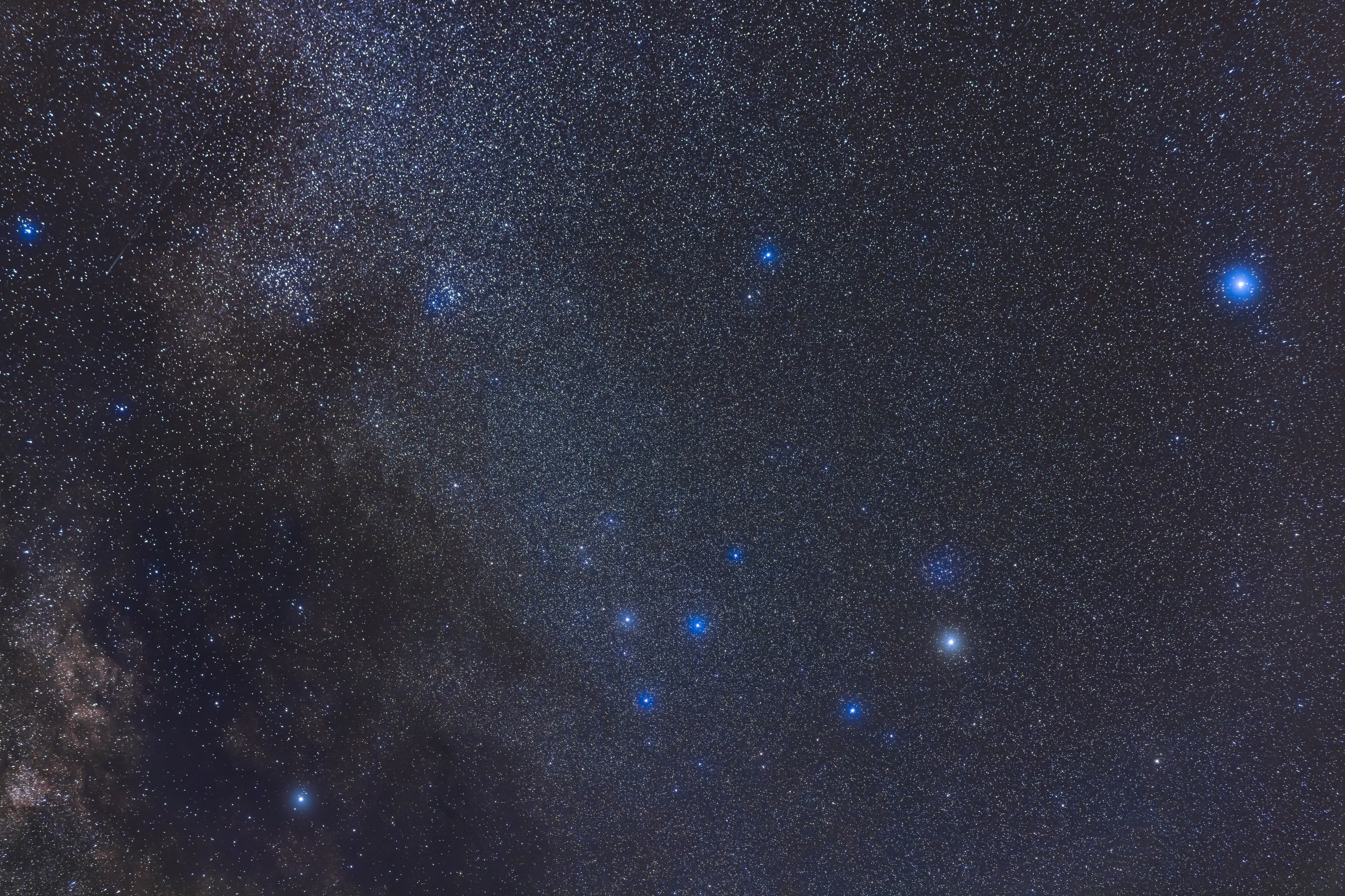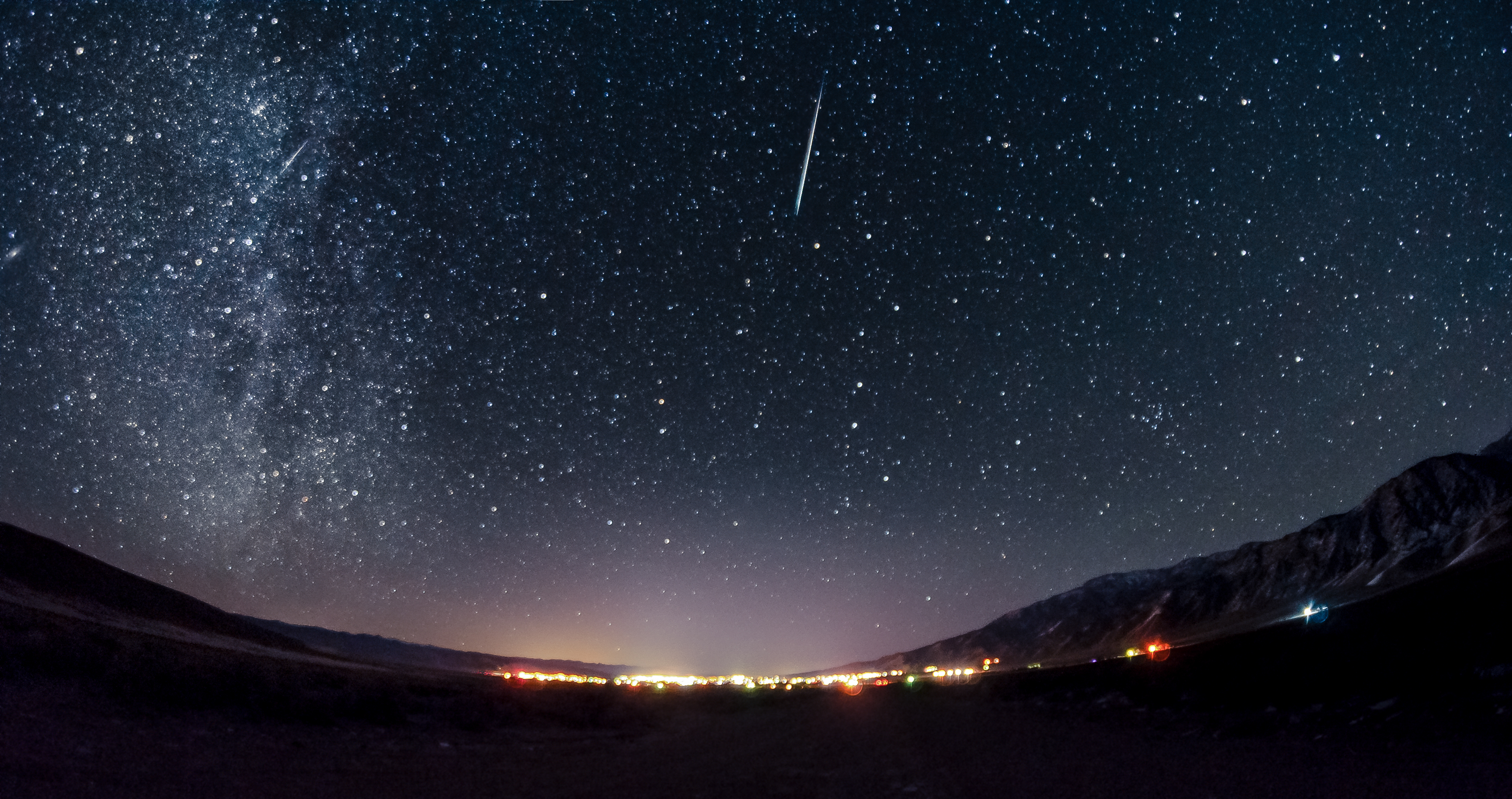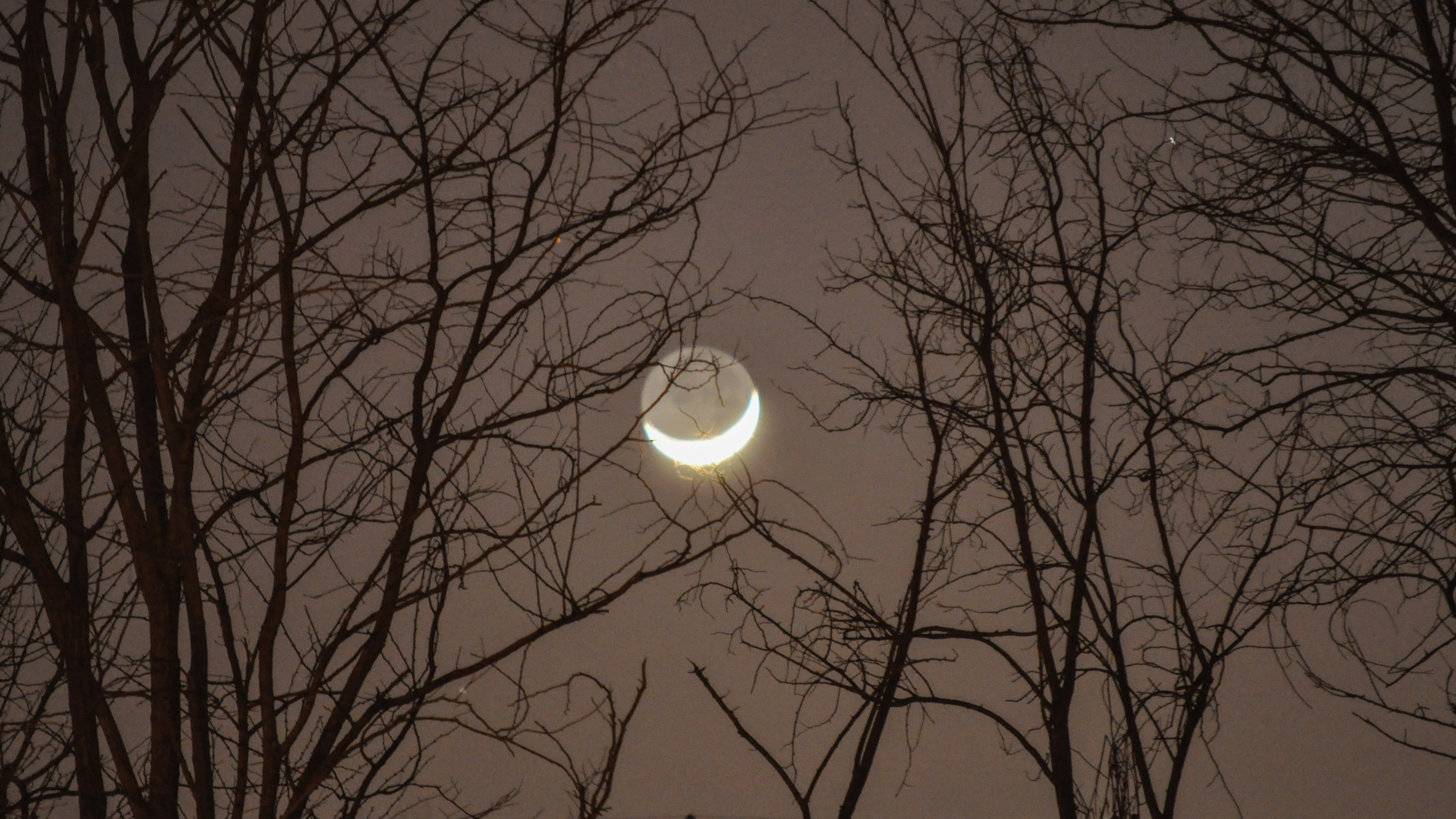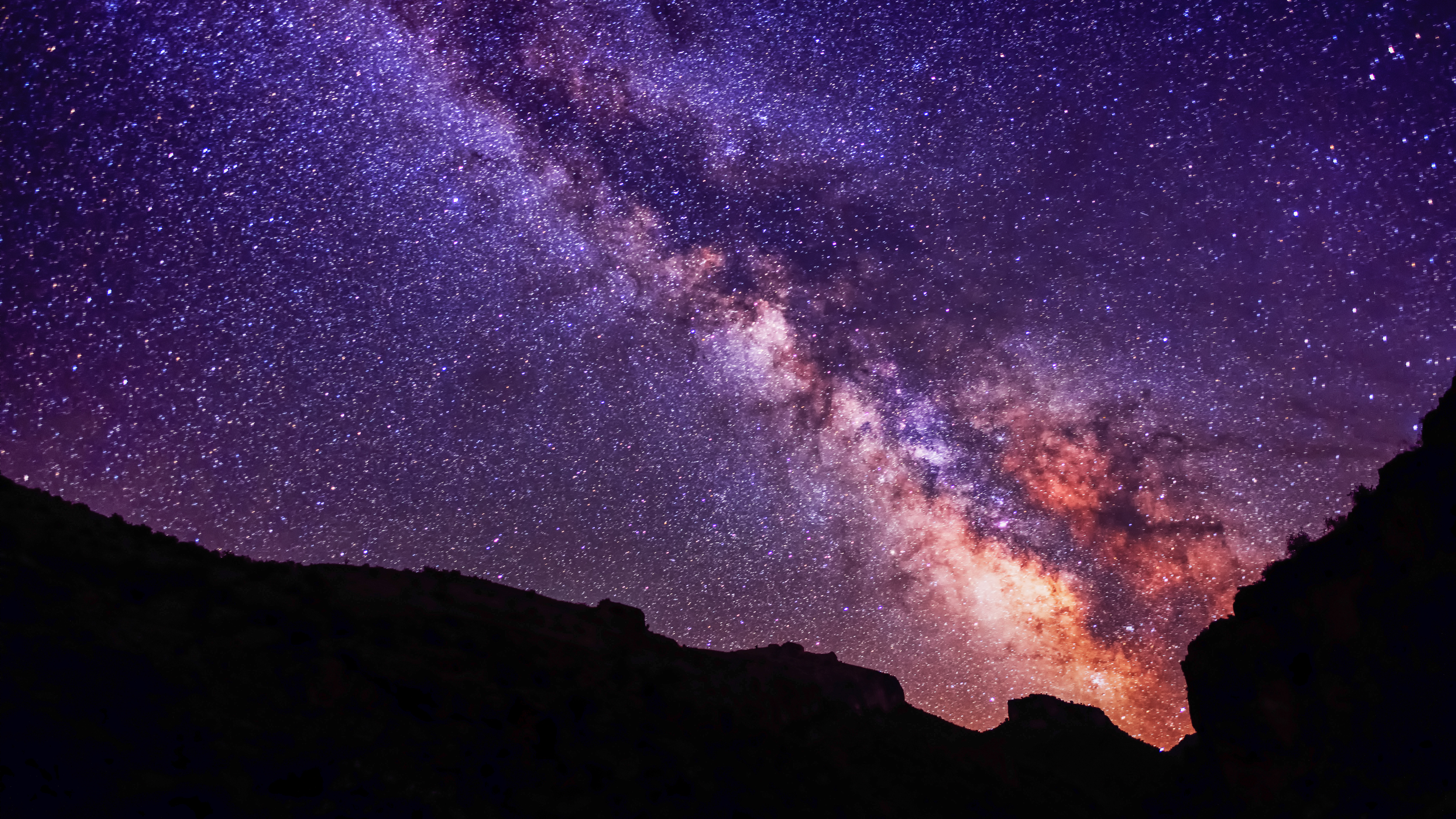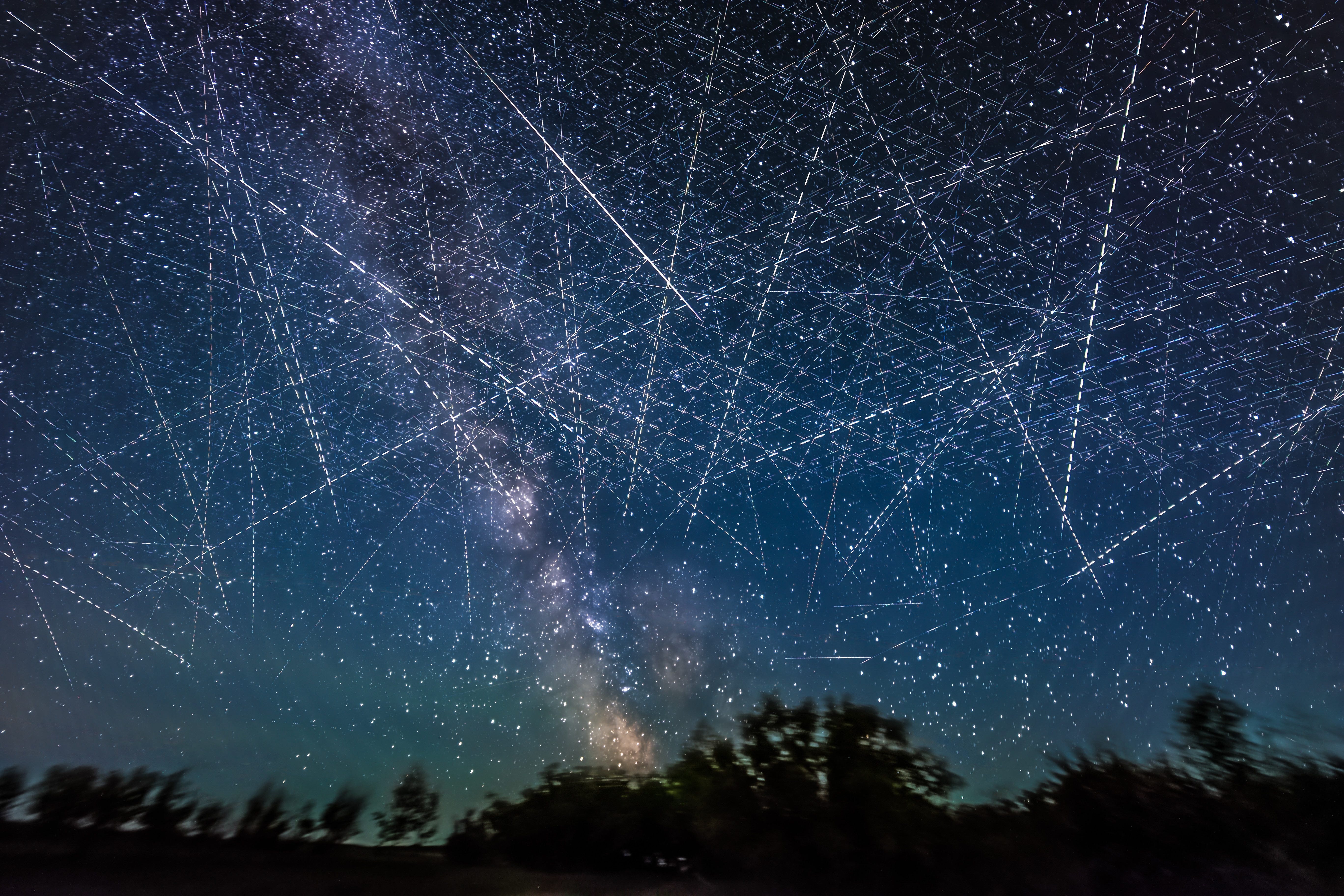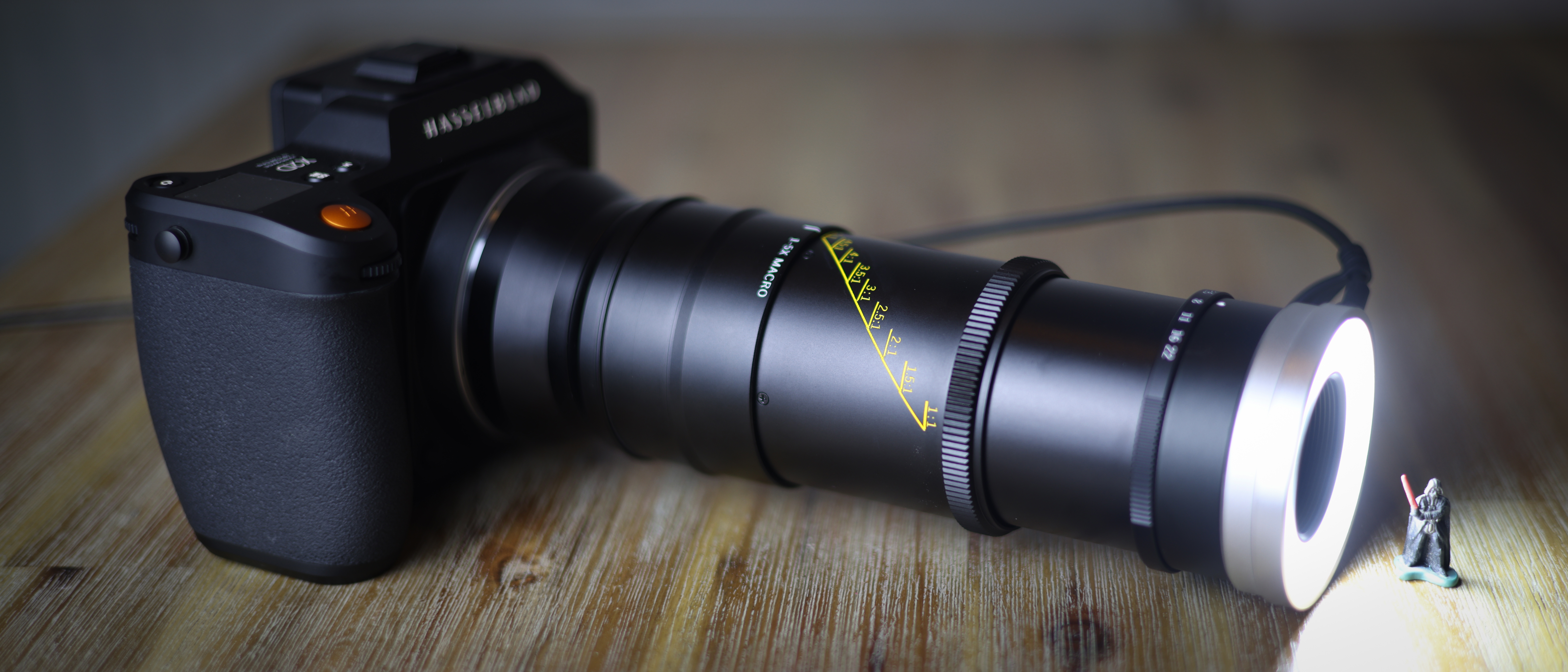Astrophotography in July 2025: what to shoot in the night sky this month
Here’s everything you need to know about what’s happening in the night sky this month
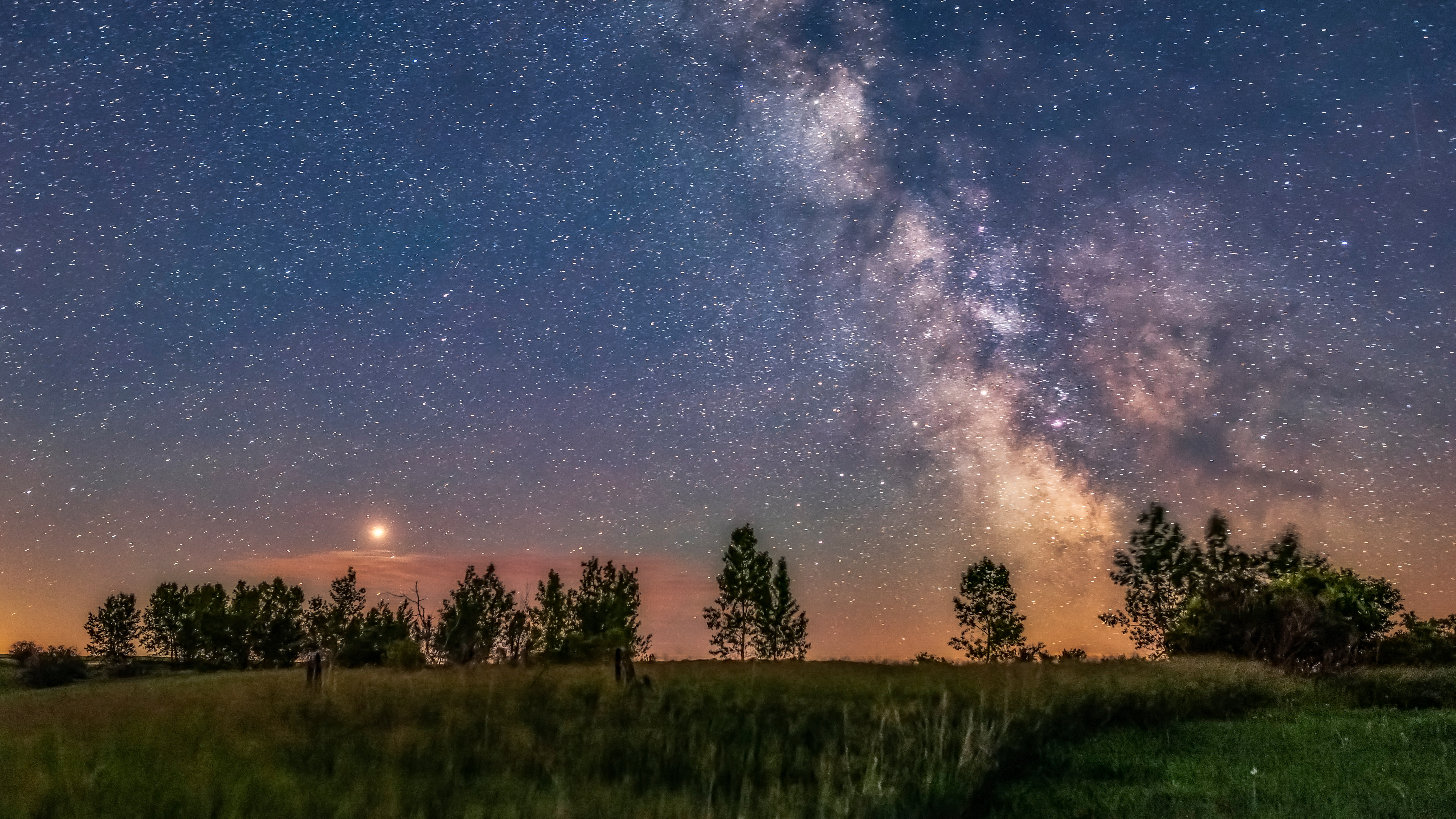
July is an excellent month for astrophotographers. The clear summer skies and warm nights help, but what will excite night sky-watchers are its three meteor showers, striking lunar conjunctions and the arrival of the Milky Way’s core for Northern Hemisphere observers.
Whether you’re chasing moonrises, probing the deep sky or capturing starscapes above seasonal landmarks, here’s everything you need to know for astrophotography in July 2025…
Thursday, July 10: Full ‘Buck Moon’ Rising
The highlight of the month for moon-watchers will be July’s full moon — known as the Buck Moon — rising in the east at dusk on Thursday, 10 July. As always, it’s the moment of moonrise that delivers the best photographic opportunity; you can find the exact time for your location by using a moon calculator. The low-hanging orb will glow orange as it climbs, thanks to atmospheric refraction, and remain low all night (because the moon always mirrors the sun’s position in the sky).
Composition is everything; use apps like PhotoPills and Photo Emphemeris to time the rise beside a foreground object, such as a building or mountain.
Read: How to photograph the full moon
Saturday, June 28: Tweedledum and Tweedledee
Deep-sky photographers have a lot of targets in July, with the Milky Way’s core rising in the south among the constellations Sagittarius and Scorpius, albeit only relatively briefly. However, don’t overlook the NGC 6633 and IC 4756 star clusters in the constellations Serpens and Ophiuchus, which are collectively known as the Tweedledum and Tweedledee clusters.
Read: Best equatorial mounts
The best camera deals, reviews, product advice, and unmissable photography news, direct to your inbox!
Sunday, July 13 - Thursday, July 17: Three meteor showers begin
The Delta Aquarids and Alpha Capricornids kick off on 13 July. Although they won’t peak until 29-30 July, the long buildup allows time to scout dark locations and test gear settings. Early evenings are still moonlit, but the nights progressively darken. Come 17 July, the famous Perseid meteor shower gets underway. This year’s peak in August coincides with a full moon, so your best images may come from this early stretch when the moon is absent.
An easy way to take photos of meteors is the “lucky imaging” technique; put a camera with a wide-angle lens on a sturdy tripod, aim it high above the northeast horizon after midnight, and experiment with settings to get a nice, clear night sky image (begin with ISO 1600-3200, f/2.8, 15-20secs exposure), then use an intervalometer to have the camera take image after image for a few hours. You might catch one!
Read: The best cameras for astrophotography
Sunday, July 20 - Wednesday, July 23: Crescent moon and ‘Earthshine’
These four mornings are a gift for astro-landscape photographers. From a crescent moon inside the Pleiades on 20 July to striking conjunctions with Venus (July 21), Venus and Jupiter (July 22), and Jupiter alone (July 23), each offers pre-dawn chances to capture Earthshine. Use a telephoto (100–300mm) and bracket for close-ups, or go wide for scenic compositions (wide-angle lenses often do a great job with Earthshine).
Read: When to photograph the moon
Friday, July 18 -Sunday, July 27: Dark sky window
The last quarter moon on July 18 rises at midnight, triggering 10 nights of moonless evening skies. Given that the solstice was last month, astronomical darkness will be in short supply above mid-latitudes of the Northern Hemisphere, but it’s the best window of the month for both deep-sky astrophotography and for the Milky Way, whose bright core is now rising to prominence by midnight.
For wide-angle shots of the Milky Way stretching through Cygnus and into Scorpius, aim for post-midnight hours from dark-sky locations. The new moon falls on Thursday, July 24, with a crescent moon seen in the four evenings afterward.
Read: The best star tracker camera mounts
Tuesday, July 29 - Wednesday, July 30: Two meteor showers peak
Expect 20+ meteors per hour from the Southern Delta Aquariids, along with another 5–10 from the Alpha Capricornids. As luck would have it, the waxing moon sets early enough to preserve some dark-sky hours post-midnight. That said, those in the Southern Hemisphere — and equatorial regions — will likely see more activity, purely because the radiant constellations, Aquarius and Capricorn, never get high in the sky as seen from the Northern Hemisphere.
Read: Best deep-space telescopes
Astrophotography Shot of the Month: ISS and satellites
Every image should tell a story, and one of the biggest ones around for astrophotographers is the massive increase in low-Earth orbiting satellites thanks to broadband internet constellations. The main culprit is, of course, Elon Musk’s SpaceX, which began launching Starlink broadband internet satellites into low-Earth orbit in 2019 and continues to do so. There are now about 7,500 up there, as deep-sky astrophotographers all know.
If there’s been a launch recently — which you can find out about on Spaceflight Now’s Launch Schedule — you may catch Starlinks moving across the sky in a menacing-looking line as they gradually spread out. Or you could eschew the evil Starlink satellites altogether and focus on the International Space Station. NASA’s Spot The Station service has a live tracking map and an alert system. Either way, because the sun isn’t particularly low beneath the horizon at any time in July from the Northern Hemisphere, satellites glint brighter for longer both after sunset and before sunrise, and can be seen all night.
Read more:
• The best light pollution filters

Jamie has been writing about photography, astronomy, astro-tourism and astrophotography for over 15 years, producing content for Forbes, Space.com, Live Science, Techradar, T3, BBC Wildlife, Science Focus, Sky & Telescope, BBC Sky At Night, South China Morning Post, The Guardian, The Telegraph and Travel+Leisure.
As the editor for When Is The Next Eclipse, he has a wealth of experience, expertise and enthusiasm for astrophotography, from capturing the moon and meteor showers to solar and lunar eclipses.
He also brings a great deal of knowledge on action cameras, 360 cameras, AI cameras, camera backpacks, telescopes, gimbals, tripods and all manner of photography equipment.
You must confirm your public display name before commenting
Please logout and then login again, you will then be prompted to enter your display name.
